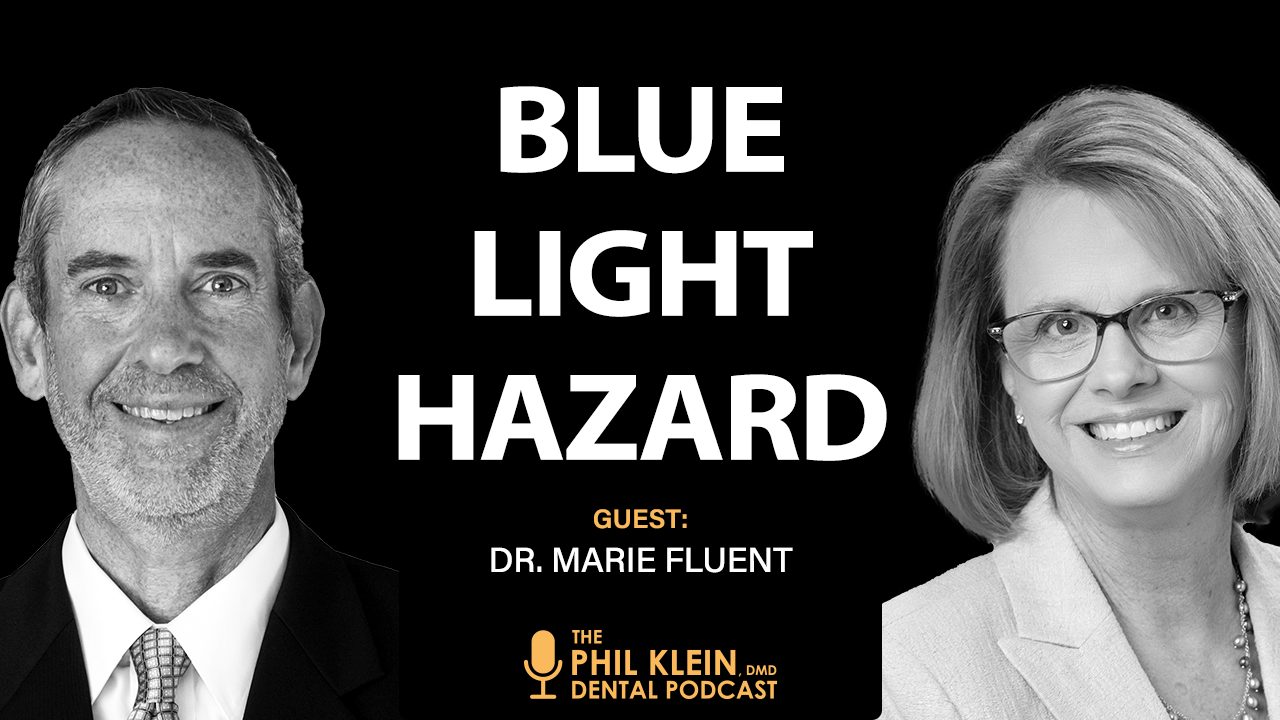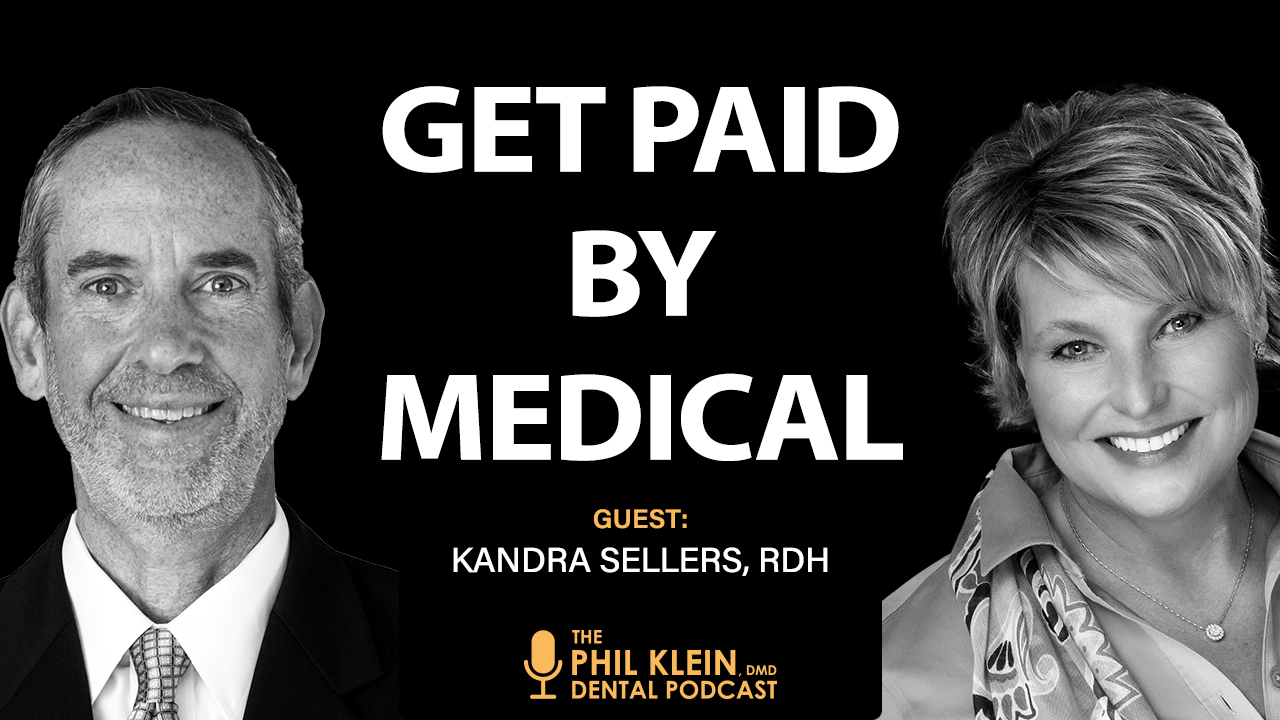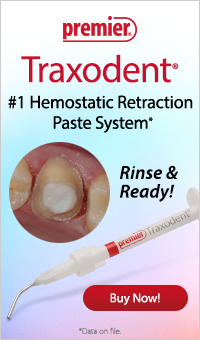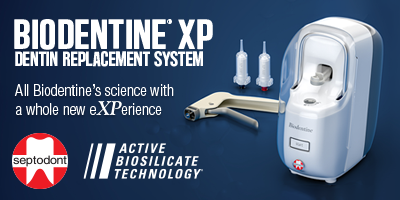
Get Ahead of the Misery: Injury Prevention Strategies from a Dental Hygienist Body-Builder
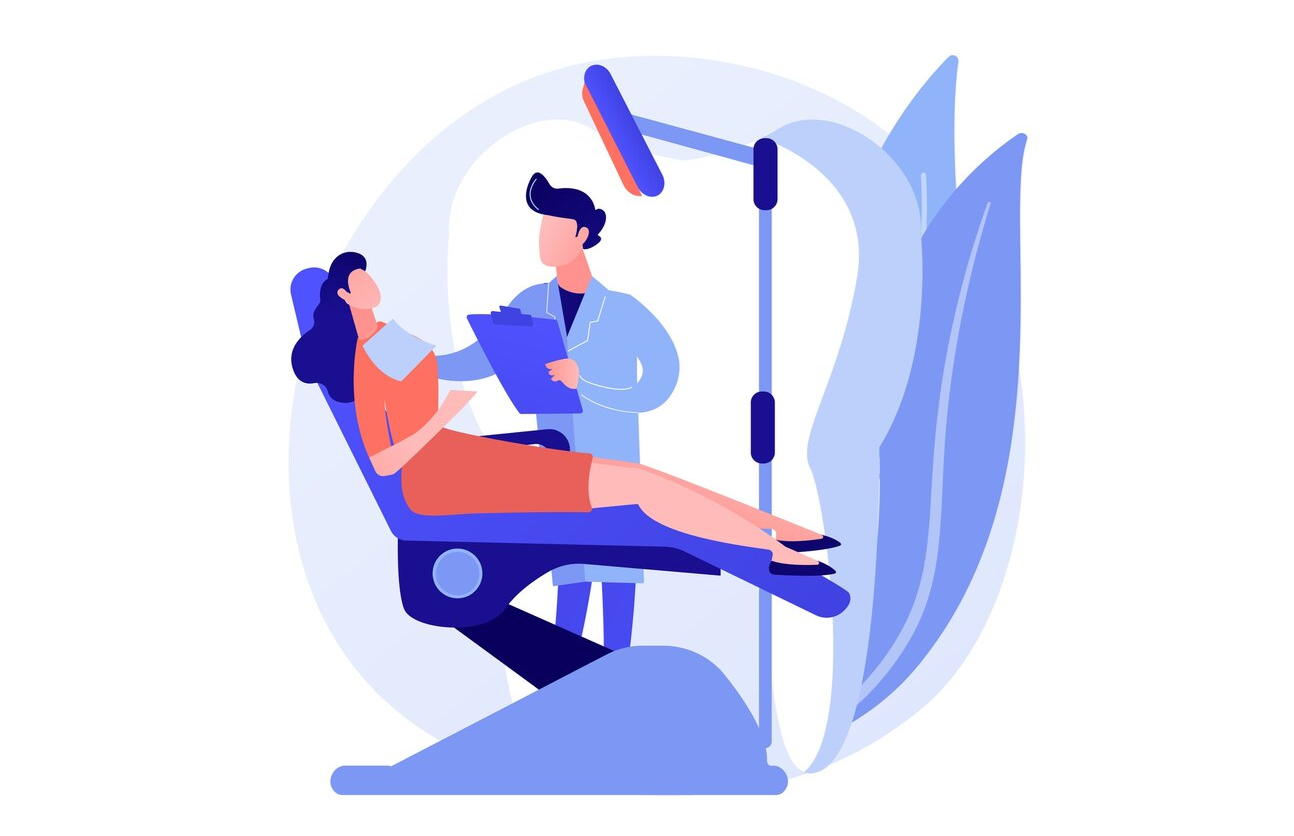
Julius Caesar said, “It is easier to find men who will volunteer to die than to find those who are willing to endure pain with patience.”
When you chose a career in dentistry, chances are you were not consciously choosing a life of physical pain. And yet many dentists and hygienists suffer from pain, most often in the neck and low back – sometimes to the point where it shortens their career. If you do not want to join the legions of your colleagues who experience physical pain as a result of practicing dentistry, proactively working on injury prevention is key.
As Katrina Klein, a registered dental hygienist who is also
a competitive bodybuilder, certified personal trainer, national speaker, author
and consultant, teaches, the two most important aspects of injury prevention
are ergonomics and exercise.
It all starts with ergonomic equipment
One of the reasons why so many people experience body pain from practicing dentistry is that most are not aware of the importance of ergonomics – including the role of ergonomic equipment – in their practice.
“In dental school,” says Ms. Klein, “they’re taught a craft. They’re not given an education on ergonomics. It’s essentially, ‘Sit up straight and do it and get it done quickly and keep your patient coming back.’ At best! They don’t really understand the difference in much of the equipment apart from cost.”
A great example of this is the free operator stool that many manufacturers throw in with the purchase of a patient chair.
“A lot of times,” Ms. Klein shares, “that free chair actually ends up costing the dentist money because of the effects that it has on the body. When we think about the procedures that we do, we often think about how the ROI [return on investment] is connected to a procedure code. And every one of those procedure codes that are billed are connected to that clinician’s ability to maintain good quality of care. You get that free operatory chair and it actually ends up costing you money in the long run because you just can’t get enough done.”
Fatigue has a big impact on patient care
“Imagine you are a dentist and you’ve been hunched over all day,” suggests Ms. Klein. “Your muscles have been chronically tightened. You’ve got knots in your back. You’re exhausted. Your hips are screaming at you. Maybe your neck is screaming at you. What kind of quality of work are you going to be able to really, truly perform? Are you going to advocate for that 4:00 pm patient the way that you would have at 8:00 am when you were fresh? The chances are, you’re not.”
The truth is every bit of your practice is affected by fatigue. If you’re tired, you’re not going to go that extra mile. Instead, you’ll rush because you want to get it done. And if you cut corners, it comes back to haunt you.
What has an outsize impact on how fatigued you feel as the
day goes on? Ergonomics.
Strategies for incorporating ergonomics into your practice
Ms. Klein recommends that you…
· Buy the right patient chair. Knowing
that every salesperson will claim their chair is ergonomic, you need to
know how to carefully evaluate the validity of these claims.
First, be sure that the chair will enable you to do standing dentistry. It
needs to elevate to a height that is adequate for you to stand while doing
treatment. “I know,” shares Ms. Klein, “that DENTALEZ has a chair that’s just
recently come out, the Forest 6400 Dental Chair, that does it. I don’t know
that there’s another one that goes up 36.5 inches like theirs does, but that’s
a great feature.”
Next, look at the chair back width. “So many of these chairs are like Lazy Boys!”
Ms. Klein exclaims. “The back is super thick; you can’t get your legs under
them even when you are sitting. These are things that make ergonomics bad for
the operators.”
Ms. Klein advises that you look for a chair that has a thin, narrow back so
that you can marry your hip to the side of that chair and actually get to the
midline of that chair. You need to ensure you can get into the mouth without
leaning over.
· Do standing dentistry. If you
are not accustomed to doing standing dentistry, start with your hygiene checks.
As Ms. Klein explains, this “will allow you to have some variation in posture,
relieve the back, relieve the hips, relieve the shoulders a little bit.”
After that, try doing standing dentistry for short appointments, anterior
restorations, occlusal checks and other shorter procedures.
Overall, Ms. Klein recommends that you have a goal of doing standing dentistry,
with the patient in a supine position with their mouth facing up, 50% of the
time. Hygienists, for example, can do this with every other patient.
· Use loupes. Prismatic
loupes are a real game changer.
“Until recently,” Ms. Klein points out, “prismatic loupes were not really being
utilized. So our heads were put in a forward head flexion position of 20 to 30
degrees, which is equivalent to having 20 to 30 pounds of weight on our
cervical spine, which is our neck. If we put the pressure of 20 to 30 pounds on
our neck for eight hours a day, times four days a week, times 50 weeks a year,
of course our necks are going to go into a kyphotic state. And then we have pain,
we have pinched nerves, bulging discs.”
· Get ergonomic training. Be sure to work with someone who specializes in dental ergonomics, has worked in the mouth and will come out to your practice. “Don’t do the virtual stuff,” Ms. Klein advises. “You really want to get that one-on-one time with the ergonomic specialist. ‘Move your arm down. Put the patient chair here.’ And that is hugely impactful.”
· Strengthen your body. Specifically,
you should strengthen your back and core. For example, do deadlifts and/or get
a rowing machine. You should also do things such as body squats and dynamic
movements where your body has to incorporate both core and the back at the same
time, because you need a strong core to support your spine.
“Yoga is another really great thing,” asserts Ms. Klein. “It’s not necessarily
going to do a lot of strengthening, but we need to release those chronically
tight muscles that we’ve been using all day long.”
Conclusion
Practicing dentistry can be very rough on your body. If you
don’t take proactive steps to avoid injury and pain, even if you don’t get
injured, you’re eventually likely to experience pain. While you’re in pain
you’re not only going to feel miserable, you’re also going to be less likely to
be able to do the quality work that your patients deserve.









